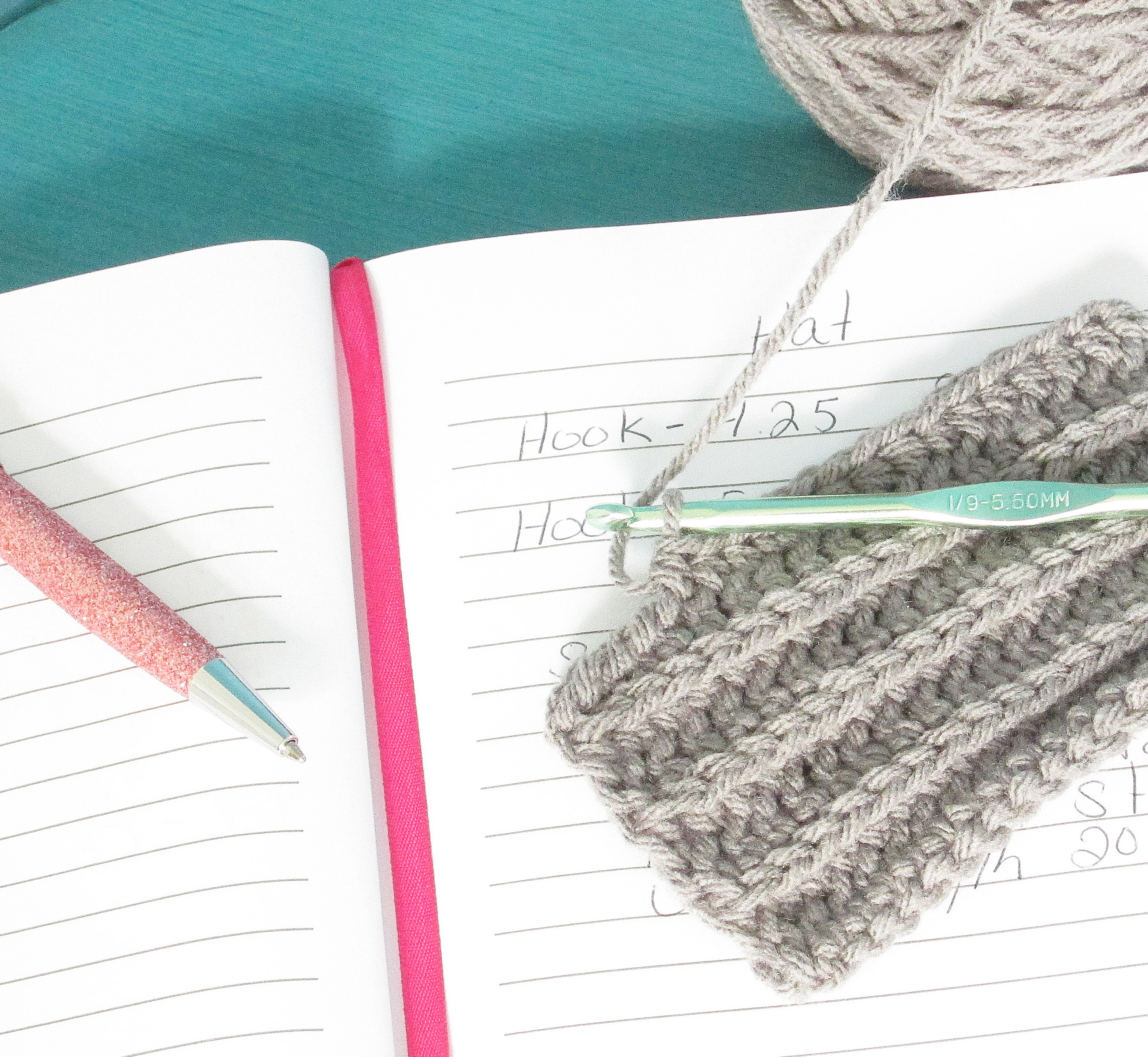The Pattern Design Series is geared towards crocheters who want to learn how to write, publish, and sell their own crochet patterns. In this series you will learn everything you need to be a successful crochet pattern designer.
Pin it now, read it later
When I decided to start publishing crochet patterns, it was just a natural step for me. I had, already, been writing my own patterns for years. One evening while I was pregnant and my husband was out of town I started transcribing my patterns and notes into a computer document. All I wanted was to keep an electronic copy of my tried and true patterns. At that time it didn’t occur to me that other people might want my patterns.
What I realized, was 1) I had a lot of patterns already written 2) I liked crocheting and I really, really liked pattern writing.
Pattern Writing Is Technical Writing
Have you ever done that school exercise where you have to instruct someone step-by-step on how to make a peanut butter and jelly sandwich? If not, click here to see what I mean.
Pattern writing is not in same category as blogging or storytelling. Pattern writing is considered technical or instructional writing.The initial design is a creative process, writing it down is not.
For me this was an easy transition to make, since I do this in my day job and it is something I like doing. I am not a natural storyteller, but if you need a process documented, then I’m your girl!
Keep A Crochet Journal
If you are on the fence or have decided you want to start writing and publishing patterns, you need a crochet journal.
Mine is very simple. It is just a plain notebook that was on sale and I thought was cute. In it have lists of crochet ideas. Some patterns I have completed and published and others I never finished. When I’m working on something I always note the hook, yarn weight, gauge, and all kinds of notes to myself. Sometimes I include sketches, a graph, and color inspiration.
In my journal, each pattern gets 2-3 pages dedicated to it. I write down every single step. Problems or mistakes. I also keep track of each time I start over and make notes to myself why I am starting over.
Know your stitches
Ok I know this might sound obvious, but knowing your stitches is key. I am completely self-taught which means I didn’t always learn the “correct” way to do some stitches. For example for the longest time, I thought the Herringbone Half-Double Crochet (HHDC) stitch WAS the standard Half-Double Crochet (HDC). Spoiler alert…It is not.
While it does not matter to me in my personal work, to my audience, the crochet community, there is a huge difference between the HHDC and the HDC.
Embrace the mistakes
Seriously you will make mistakes, probably a lot of them. You will get stuck, maybe hit with crocheters block (writers block). All of that is ok. Working through those problems is what is going to make your pattern great!
Mistakes are part of the pattern writing process. You might have to frog the entire project and start over or maybe just tweak a few rows. Give yourself some time to work through these problems. Sometimes I will put it away in a closet and work on something mindless (usually a baby hat), just to give my mind a break before going back to figure it out. The important thing is do not give up!
Dealing with discouragement and Fear
The day I published my first pattern, I made myself sick with worry. All kinds of discouraging thoughts raced through my head:
“I’m not experienced enough to write a pattern.”
“No one is going to want my patterns.”
Times these by 1000 and you get the idea of the level of self doubt I was feeling. I would like to say that self has become non-existent but it hasn’t. Each time I publish a new pattern I get butterflies, but I force myself push past it.
While I am a crocheter, these same principles can be applied towards knitting patterns, sewing patterns, or any type of craft patterns.
Next up in the pattern design series is, What Goes into a Crochet Pattern.

3 Comments
Comments are closed.